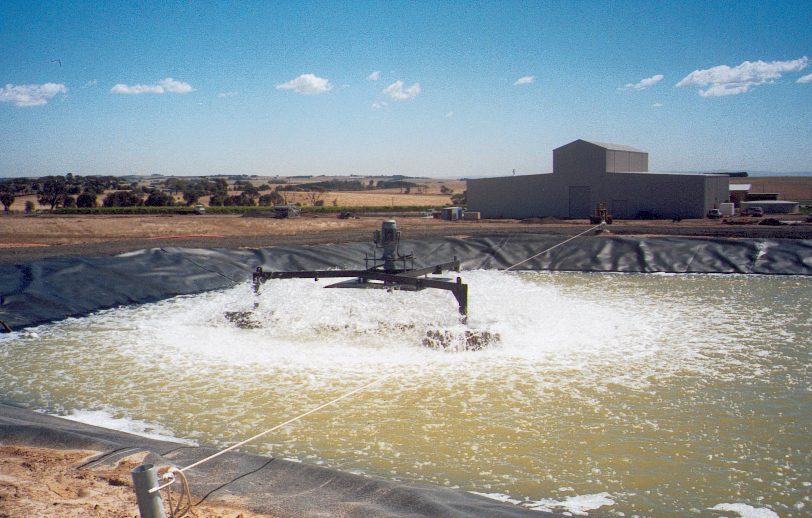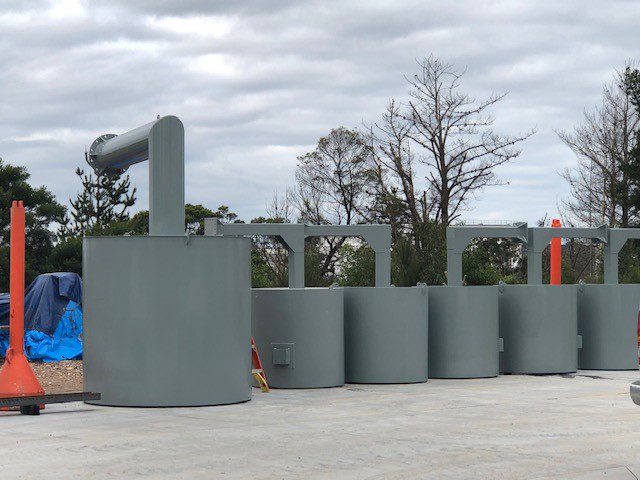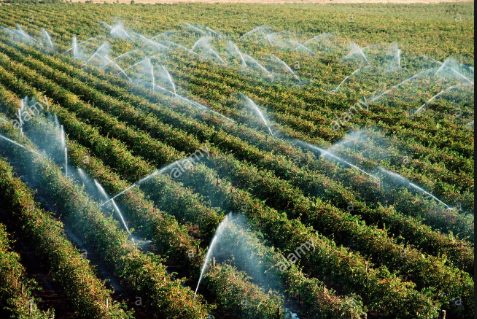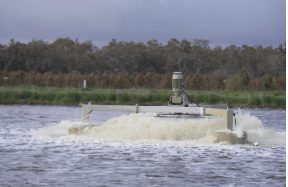How do Wastewater Aerators Work?
If you’re wondering how wastewater aerators work, you’re not alone. Many people don’t know much about aerators or the role they play in sewage treatment. This blog post will discuss how aerators work, and why they are such a vital part of the sewage treatment process.
What are aerators?
Aerators are devices that introduce air into wastewater, so wastewater aeration is a process of using aerators to mix air and water. This process provides dissolved oxygen to the water, helping to remove odours from the water, and to break down organic matter. This process is vital because it helps to remove harmful bacteria and other contaminants. Aerators come in many shapes and sizes, but all operate with the same aim.
Why do we need aerators?
Since nutrient-rich wastewater significantly impacts the relationship between living things and their surroundings, governments enforce regulations to control the number of contaminants in wastewater discharge. These rules stipulate that all liquid waste producers, whether residential, agricultural, commercial or industrial, must treat wastewater.
Types of aerators
There are two types of aerators: surface aerators and submerged aerators. Surface aerators float on the water’s surface and use paddles or propellers to create turbulence and mixing. Submerged aerators are placed below the water’s surface and use diffusers, impellers, or propellers to create bubbles that rise through the water and help aerate it.
Surface aerators have, over time, been the subject of intensive development, with their primary application being in the treatment of wastewater through activated sludge. The primary factor in the design of these devices is naturally their ability to transfer oxygen to water efficiently. A surface aerator creates a large surface area between air and liquid to facilitate oxygen diffusion.
Types of surface aerators
There are two main types of surface aerators: diffused aeration and mechanical aeration. Diffused aeration works by bubbling air through a diffuser, breaking the bubbles into tiny droplets. This process adds a lot of oxygen to the water and is very efficient. On the other hand, mechanical aeration uses paddles or impellers to mix the air and water. This type of aeration is less efficient than diffused aeration, but it is still an important part of the sewage treatment process.
When implementing diffused aeration, more oxygen is added to the water, which helps break down the organic matter present in it. This process can also eliminate harmful bacteria and other contaminants from the water, making it safe for human use. Wastewater aerators are a vital part of the sewage treatment process.
Trust the experts
By Jas specialises in sewage and wastewater treatment. Visit us at www.byjas.com.or call us on (03) 5979 1096. We have been in the industry for 35 years and are family-owned.
We service across Australia, regional town centres, remote regional areas, and main capital cities. If you want to learn more about aerators or surface aeration, please contact us and we’ll be happy to answer any questions you may have.
SHARE:
What you can read next

Waste water treatment for Wineries
Wineries across Australia are producing record ...

Specialising in the Winery Industry
We cater to the winery industry in order to red...

Irrigation efficiency for Wineries
As we know wineries produce wastewater from the...

What is Involved in the Process of Winery Wastewater Treatment?
Winery wastewater is generated from the winery’s...

Want to remove waste water efficiently
Are you looking for a cheaper and more environmen...

Why Choosing a Wastewater Equipment Manufacturer Provides a Better Option?
Why Choosing a Wastewater Equipment Manufact...

Why Are Bacteria Used in Sewage Treatment?
Wastewater treatment is society’s way of giving...




